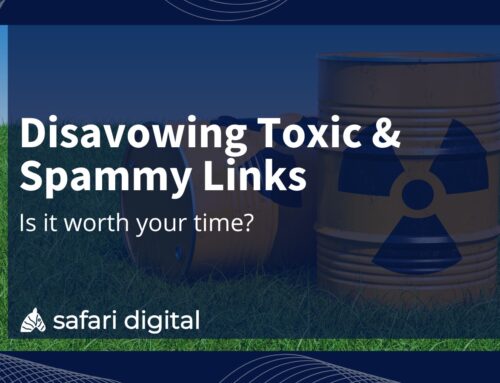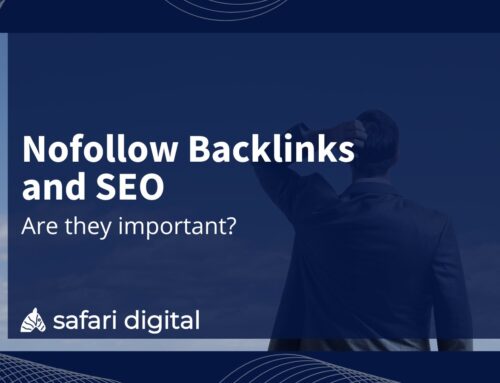A look at 23 different types of backlinks that can impact your SEO performance.
Without a doubt, the two key driving forces for effective SEO are content and links. Acquiring and earning backlinks is an integral part of a comprehensive SEO campaign. Links signal to search engines that one website thinks another website is trustworthy, authoritative, and provides valuable information. Links that come from relevant and high authority websites also provide increased brand awareness, referral traffic, and will directly impact the visibility of a site.
Quality Links Over Quantity of Links
A few years ago, the nature of link building focused on acquiring high quantities of links, with little or no regard to where the links were coming from. Before the Google Penguin Update, link building in mass was a legitimate route to successfully getting your website ranking well in search results.
In 2012, Google launched the Penguin Update to rid search results that were being manipulated by marketers. In particular, the Penguin update targeted those who were buying links, obtaining links through link farms, participating in content farming, and applying sneaky methods to get a high quantity of spammy backlinks.
Since then, the industry of professional SEO has acclimated to better suit Google’s preference of relevant and quality backlinks, rather than an abundance of spammy backlinks that offer minimal value.
However, link building is a tough landscape that can be challenging to manoeuvre without the appropriate skills. In this article, we will break down the different types of backlinks that can be sourced and which Google think are worth earning for your backlink profile.
Different Types of Backlinks
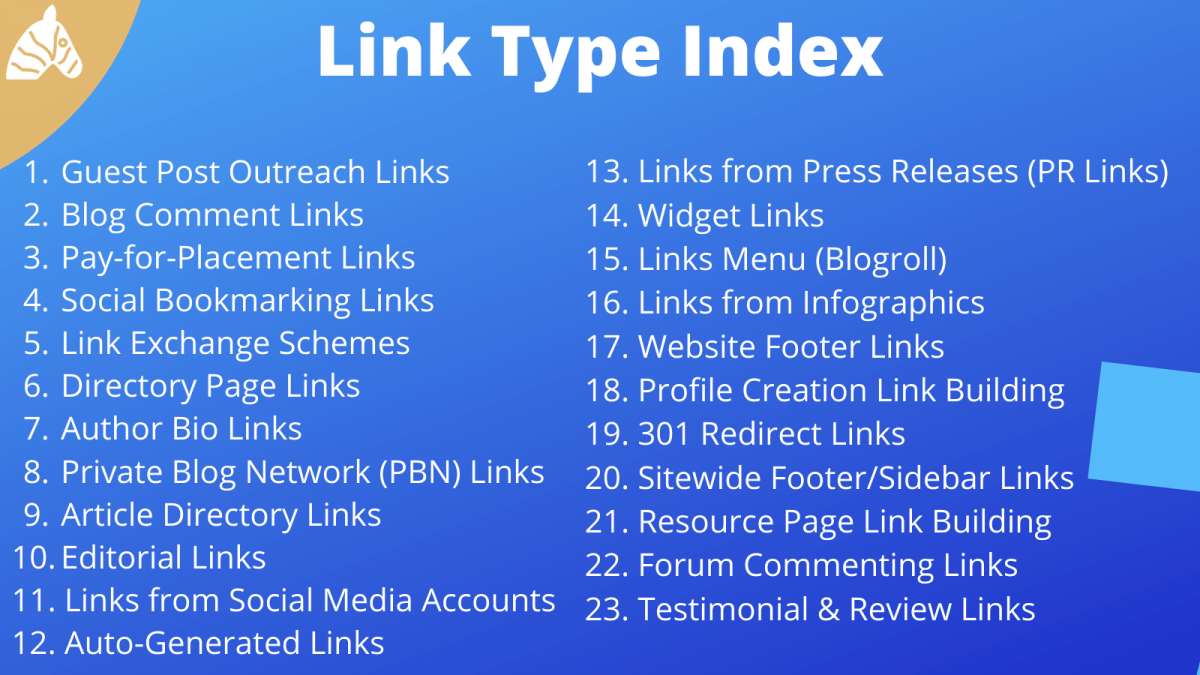
1. Guest Posts
What Are Guest Post Backlinks?
Guest blogging is the practice of writing an article as a guest author on another person’s website, with a link back to your own website. High-quality Guest Bloggers will often write content on other blogs within their niche that are both relevant and genuinely insightful.
Google on Guest Post Backlinks
Google does not discourage the practice of guest blogging if the content is valuable and aims to provide helpful information to users. They posted a blog article to discuss large scale campaigns for the purpose of attaining links. Here’s the article.
Google has publicly warned against high-volume, low-quality guest posting efforts for links. They can easily detect spammy links contained in articles referred to as contributor posts, guest posts, partner posts, or syndicated posts. When the main intent is to execute large-scale link building efforts with low-quality writing, it goes against their guidelines and falls under link scheming.
Building Guest Post Links
The key to building guest post links the correct way is to avoid creating connections for the sole purpose of link placement – don’t spam the web. Building good guest post links involves creating high-quality content that offers real insight and education to readers. Do not pay for published posts and focus on creating meaningful connections with other websites in your industry.
2. Blog Comments
What Are Blog Comment Backlinks?
Blog comment link building was a popular link building trend until Google created the nofollow link in 2005. Essentially, the process of blog comment link building was users leaving comments on blog posts and directing keyword-rich anchor text to a landing page on a website. Eventually, the process of blog comment links was automated, and blog comment spam became a huge point of frustration for many website owners.
Google on Blog Comment Backlinks
Google does not see blog commenting with links as a violation of webmaster guidelines, however, they more or less consider blog commenting with links a practice that should be used in moderation. Matt Cutt addresses blog comment link building in an episode of Google Webmasters, wherein, he admits he frequently leaves comments on topically relevant posts and will often add a link to his blog to prove his credibility in the subject.
Matt remarks that using your company name, rather than your actual name, may result in a “chillier reception” than if your comment shows up with your name. He also does not regard comment links as a legitimate link building strategy. “If your primary link building strategy is to leave comments all over the web, and no real people are linking to you, then at some point, that can be considered a link scheme.”
Building Blog Comment Backlinks
Blog comments should not be exploited for the use of attaining links. Once blog comments become spammy, they are contributing to a link scheme – a clear violation of Google’s guidelines.
If you want to leave an organic and meaningful comment on a blog post, then, by all means, do so. If you’re engaging with relevant, trustworthy, and authoritative websites, blog commenting can actually bring in organic traffic to your site if your comment is particularly insightful or relevant. However, there are several factors to take into consideration when commenting to avoid participating in manipulative link schemes.
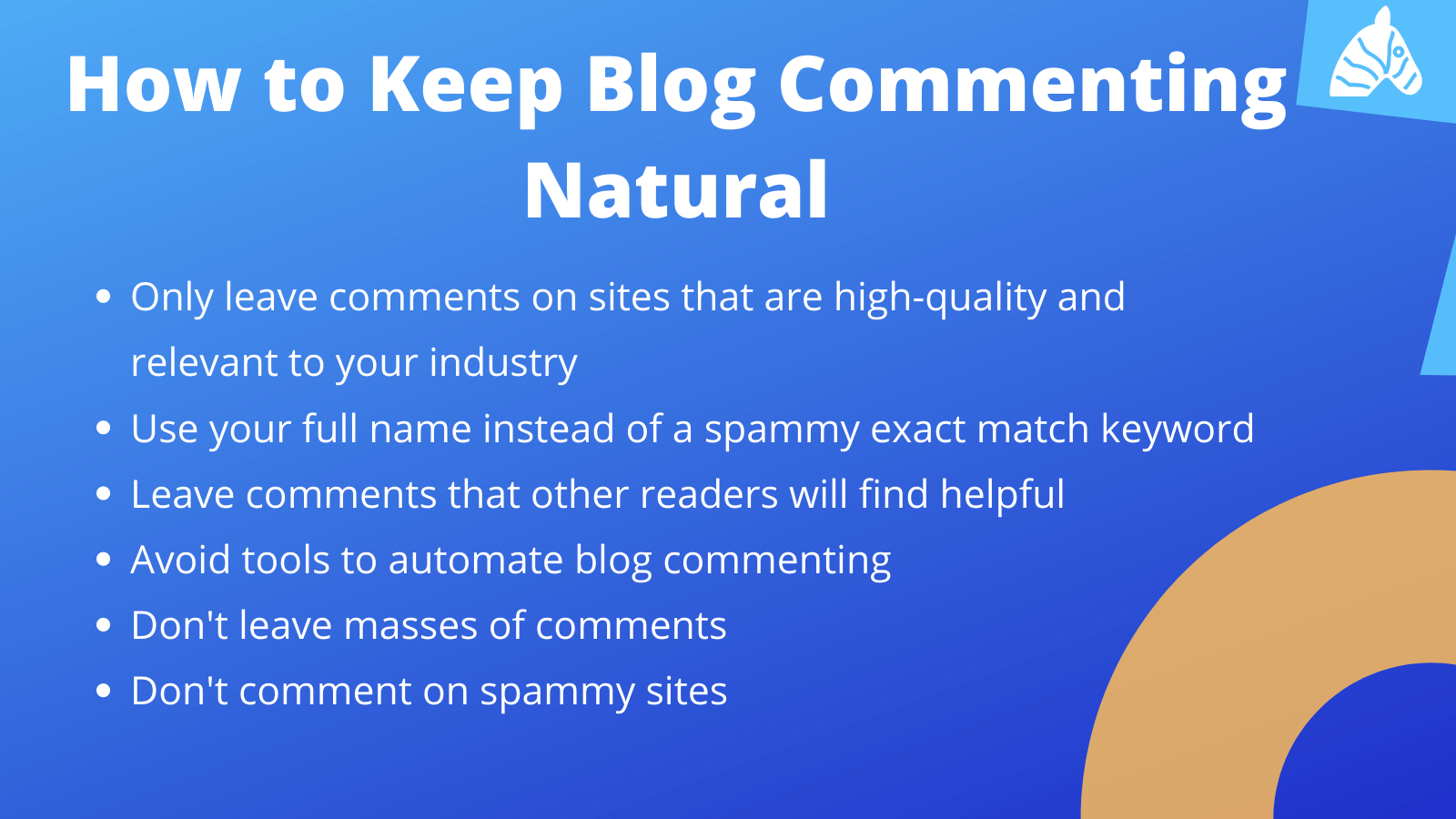
3. Pay-for-Placement Links
What Are Paid Backlinks?
Paid links are those that you have acquired with the exchange of money or something of value. Buying links is a strategy that is not supported in by Google – paid links go directly against Google’s webmaster guidelines. In the eyes of a search engine, paid links hold little value.
Google on Paid Backlinks
According to Google, buying for links falls under link scheming. This includes exchanging money for links, posts that contains links, exchanging goods or services for backlinks, and sending someone a free product in exchange for them writing about it and including a link. Google’s algorithm is becoming more sophisticated every day; those engaging in link scheming will be caught and receive a manual action website penalty. Matt Cutt discusses paid links:
Building Paid Backlinks
We strongly advise against purchasing links of any kind for your website. Webmasters can focus on creating a backlog of exceptional content to earn backlinks that will be much more beneficial to their site.
4. Social Bookmarking Links
What Are Social Bookmarking Backlinks?
Social bookmarking for link building involves users saving links to web pages that they want to keep for later or share. These bookmarks are made public on bookmarking sites, with groups, networks, or private domains and are categorised with tags. In the past, webmasters would list their sites on bookmarking social sites and would benefit from increased “viral” traffic.
Google on Social Bookmarking Backlinks
John Mueller addresses a question relating to bookmarking sites on a Google hangouts session: “I don’t think those pages [social bookmarking sites] would have any effect on your ranking because probably we’re also ignoring those social bookmark sites and any links from there. That’s a really, really old SEO strategy and we have a lot of practice in recognizing those kinds of links and just ignoring them.”
Building Social Bookmarking Backlinks
There is no value in Bookmarking site link building today. It is an old-school method that was eventually whipped into shape with Google’s creation of nofollow links. If you want to get involved with communities relevant to your industry, you can engage with your audience on forums with relevant content and sharing.
5. Link Exchange Schemes
What Are Exchanged Backlinks?
An exchanged or reciprocal link is when two webmasters make an agreement to link back to each other’s websites. Two people may come together to make this exchange that will benefit both of their sites. Reciprocal link exchanges may seem like a great SEO hack; however, these links actually fall under link schemes and are a black hat SEO practice.
Google on Exchanged Backlinks
Google directly addresses the use of reciprocal links as a link scheme exchange: “Excessive link exchanges (“Link to me and I’ll link to you”) or partner pages exclusively for the sake of cross-linking” and reiterates that this practice directly violates their set out Guidelines.
Building Exchanged Backlinks
Simply put, reciprocal links are against Google’s guidelines. If your site is abusing backlinks by exchanging them with others, this is an attempt to manipulate search engine results. Websites participating in reciprocal link building run a high risk of being penalised by Google.
6. Directory Page Link Building
What Are Directory Backlinks?
Web directories, also known as link directories, are an online catalogue or list of websites and businesses. In the past, they have been used to build a solid footing for backlinks and NAP consistency. However, today, having your site linked from masses of low-quality directories can result in a penalty.
Google on Directory Backlinks
Today, Google’s algorithm is a lot more sophisticated than it has been in the past. Links from a web directory listing are a lot less influential than contextual links. Google’s John Mueller has said that generally, web directories do not help with SEO or rankings. Google has also warned not to use directories for link building purposes.
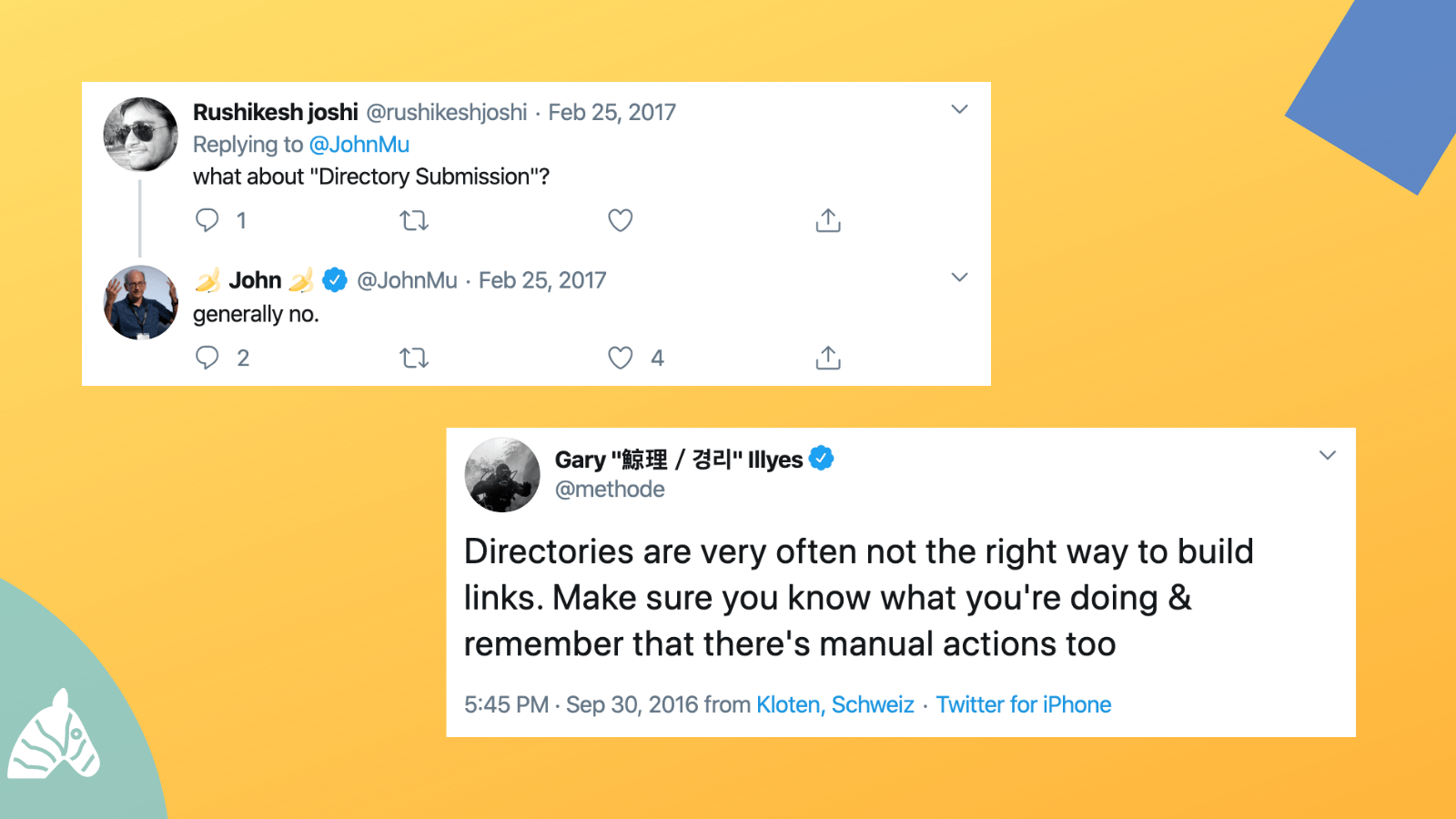
Building Directory Backlinks
The big takeaway from web directory links is that they really don’t have much influence. When directories are used to build masses amounts of links, they have the potential to have websites penalised for unnatural link building. If you want your website and business listed in directories, use high quality and reputable sites that are created purely for legitimate NAP consistency and having correct business information online for users.
7. Author Bio Backlinks
What Are Author Bio Backlinks?
Most articles published online will present with an author bio or profile. A few years ago, when blogging was in its prime, adding exact match anchor text for links in author bios was not an uncommon practice. Authors of articles were often using this ending paragraph or phase to link to their website, main site pages, an affiliated online store, and a variety of their social media profiles.
Google on Author Bio Backlinks
During a Google Webmaster Hangout, Google’s John Mueller was asked if the author bio page was necessary to meet Google’s quality rater guidelines. While he didn’t specifically address linking on author bio pages, he did mention how author bio pages have more to do with the sites linking and potential impacts on user experience.
Building Author Bio Backlinks
The potential danger of author bio links is that they might be a little too saturated or spammy. Google’s Penguin protocol examines each site based on keywords and anchor text. If you do want to link from the author bio, consider the trustworthiness of the site. Focus on brand anchor or naked links and refrain from using keyword-rich anchor text that can contribute to links being perceived as spammy.
8. Private Blog Network (PBN) Links
What Are PBN Backlinks?
A PBN or Private Blog Network is a group of sites created for the sole purpose of linking to a “money” site. As the name suggests, PBNs are intended to be private, and ideally, leave no digital footprint. This can be achieved with a number of manipulative and deceitful measures. PBN links are a form of link schemes, and therefore, are fraught with risk.
Google on PBN Backlinks
When PBN links first became popular, marketers were able to find ways to hide where the links were coming from; meaning it was almost impossible for search engines to detect links coming from a PBN. However, over the years, Google has gotten better at detecting minuscule footprints leading to PBNs. Today, Google has the ability to make all of your PBN link building efforts obsolete overnight.
PBN link building is a link scheme. Link scheming goes against Google’s webmaster guidelines; if you’re detected using PBN for link building you will be found out, deindexed, and potentially penalised.
Building PBN Backlinks
While these types of backlinks schemes were common practice a few years ago, PBNs are now considered entirely black hat SEO and are associated with many risks. Our advice is to avoid these networks at all costs. PBN link building goes directly against Google guidelines, can get your website penalised, and frankly; is unethical.
9. Article Directory Backlinks
What Are Article Directory Backlinks?
Blog or article directories are websites that contain collections of articles written by different subjects. Also known as “content farms”, article directories provide an opportunity for an author to submit an article and have it syndicated across a range of different websites. Other website owners can then take these articles and reuse them for their website. Article Directory links are links placed in the content that will then be multiplied every time the original article is syndicated.
Google on Article Directory Backlinks
Article directories fell out of favour for many webmasters a long time ago. Google’s Matt Cutts addresses article directories directly in a webmaster video, in which he personally associates article directories with poor quality and spammy sites. He also briefly mentions that Google’s algorithm will filter, disregard, or penalise mass article directory spam.
Building Article Directory Backlinks
Article directory link building is an outdated link tactic that will not advance search engine rankings. Marketers should be directing their efforts on attaining more qualified and trustworthy links for their websites than those that acquired with article directories.
10. Editorial Backlinks
What Are Editorial Backlinks?
Editorial links are links that are obtained from purely having a site that produces good quality content and applies white hat SEO. Where an acquired link is one that has been paid for or requested, editorial links are earned organically by providing genuinely valuable content.
Also known as contextual links, editorial links are given when the author of the article decides to reference another page or website to support the findings of their article. Editorial links are essentially just links to a relevant site within a body of content. Given they are organic, natural, and based purely off the fact that the site is a reference point, keyword density for anchor text is typically not an issue for editorial links.
Google on Editorial Backlinks
Editorial links are the connections Google wants webmasters to build. They are the types of backlinks that Google will hold up as great examples when advising webmasters on how to build a healthy and strong backlink profile. Google values editorial links far more than any other type of backlinks.
Building Editorial Backlinks
The only way to build editorial links is to create unique, well-written, high-quality content that other websites will want to reference and link to organically. As soon as you buy or incentivise editorial links, they become acquired links and do not hold the same value.
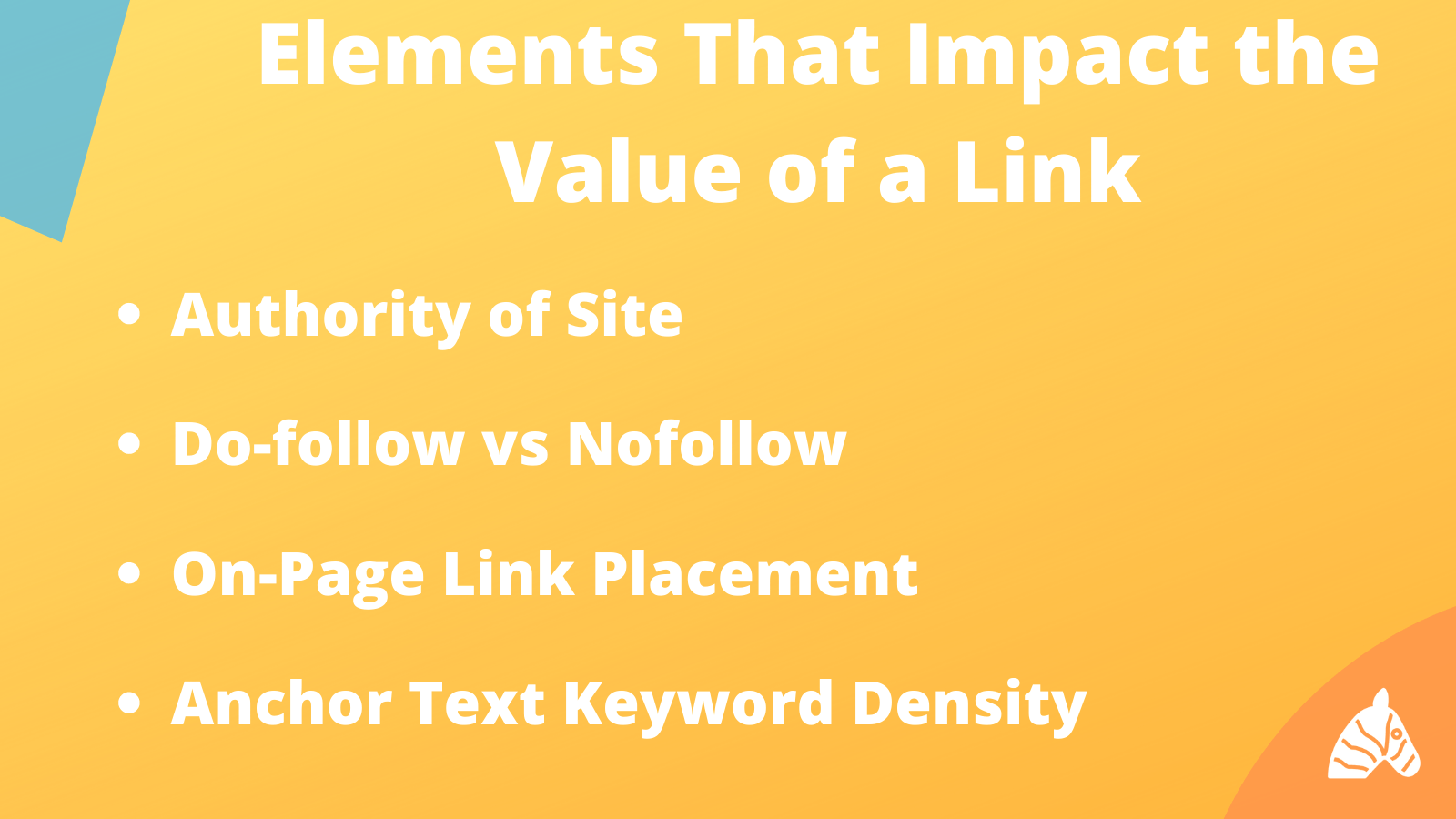
11. Social Media Links
What Are Social Media Backlinks?
Social media platforms often allow profiles to include a link to their external websites or blogs. Profile Link building is the practice of signing up for many social media accounts to have an abundance of profiles pointing to a site or page. Social media platforms like Facebook, Twitter, and Reddit also allow links in posts to external websites and pages.
Google on Social Media Backlinks
Google has not indicated that social media links play any role in linking factors for search engine rankings. In 2014, Google Webmaster Matt Cutts produces a video that states that Google treats Facebook and Twitter pages like any other web page for search, but not as a ranking factor.
Building Social Media Backlinks
Social media profile links are not a link building tactic that provides any benefit for SEO. Genuine social media links and profiles will benefit businesses in that they solidify an online presence and help to enhance the trustworthiness of a business. Social media also enables businesses to share their website content and extend their audience reach to those who they wouldn’t normally encounter in search. Social media links are typically nofollow and considered User Generated Content – just don’t be spammy.
12. Auto-Generated Backlinks
What Are Automatically Generated Backlinks?
Automatically generated or “auto-generated” links are those that have been created programmatically. Automated tools like WebEffector and SEO Hammer are programmed for a bot to post links in comments, forums, and posts online that target specific anchor keywords for websites. In some cases, these links will provide short-term gains, before being detected by Google and quickly penalised.
Google on Automatically Generated Backlinks
Google strongly advise against participating in link building with automatically generated tools or content. In an article outlining link schemes, Google mentions that “using automated programs or services to create links to your site” qualifies as link scheming and is in direct violation of Google’s Webmaster Guidelines.
Building Automatically Generated Backlinks
Auto-generated link building goes directly against Google’s guidelines. It is an aggressive and manipulative approach to link building that pollutes the web with spammy and low-quality practices.
13. Links from Press Releases (PR Links)
What Are Press Release Backlinks?
A press release is an official statement published by a company to make an announcement to the public. SEO marketers quickly realised the authority of press releases and started to use keyword-rich anchor text to link to sites from press release websites.
Google on Press Release Backlinks
Google have stated that they perceive press release links as advertisements, and therefore, should have nofollow tags. Google’s John Mueller also mentioned in a Google hangout session that the algorithm ignores more links found within press releases. He goes on to say that they are automatically ignored because of how often the press releases are from the companies themselves, and thus are not really natural links.
Building Press Release Backlinks
Press releases are still important for companies to make newsworthy announcements. However, press releases are not a link building tactic that will yield any advance in search engine visibility.
14. Widget Backlinks
What Are Widget Backlinks?
Widgets are extracts of code that create ways to enrich the experience of the user on a website. They are normally in the form of tools, resources, or additions like weather widgets or calculators to a page. Back in the day, embedding links into site widgets was a popular way to acquire links.
Google on Widget Backlinks
Widget links have been directly addressed in a 2016 article by Google Webmasters:
“Today we would like to reiterate our policy on the creation of keyword-rich, hidden or low-quality links embedded in widgets that are distributed across various sites… Some widgets add links to a site that a webmaster did not editorially place and contain anchor text that the webmaster does not control. Because these links are not naturally placed, they’re considered a violation of Google Webmaster Guidelines.”
Building Widget Backlinks
Do not use widgets as a link building strategy. Google will pick up on your tactics and penalise your site. If you do have widgets that contain links, Google recommends webmasters either remove them or add the “nofollow” attribute to avoid manual actions for unnatural linking.
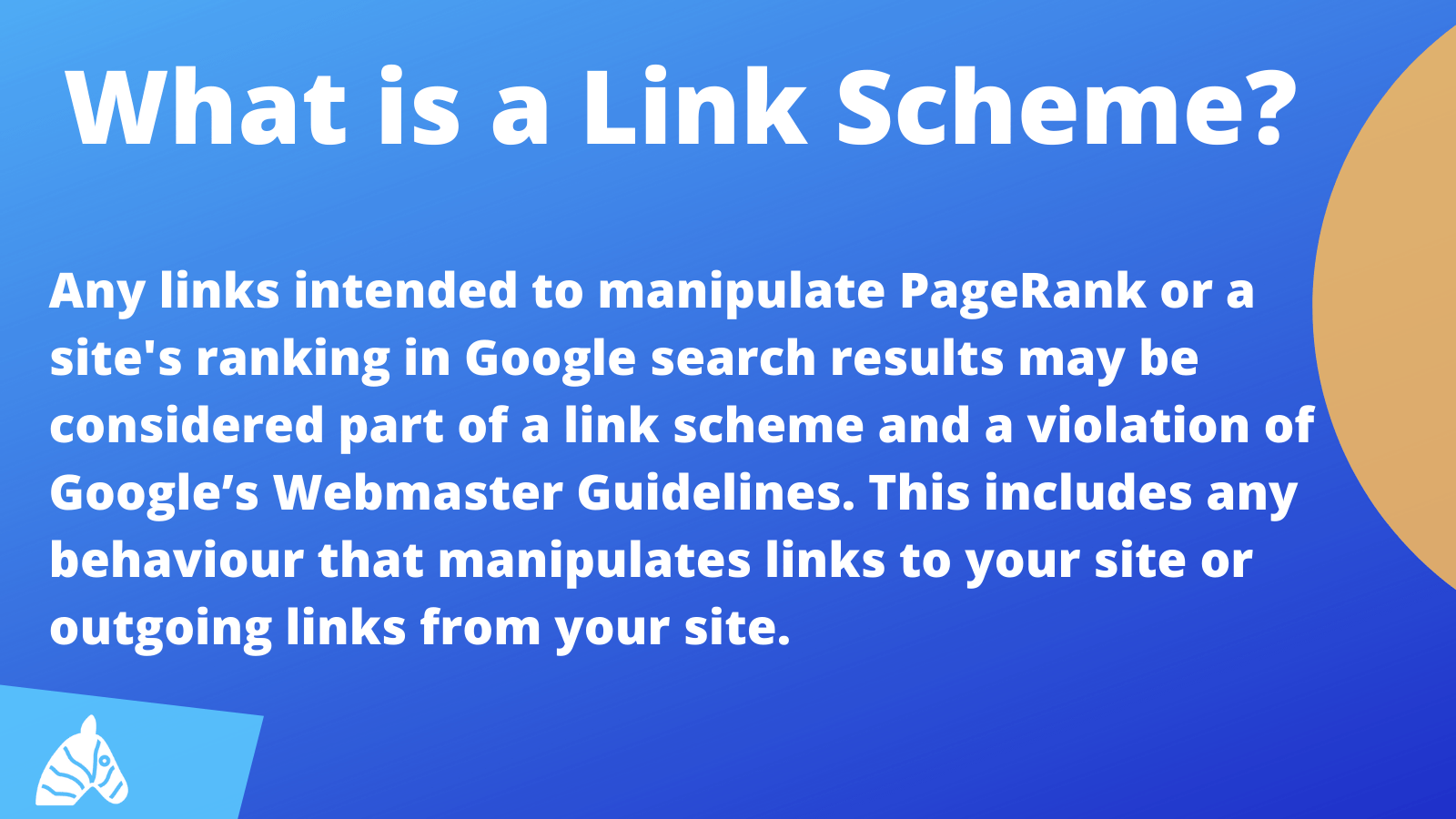
15. Links Menu (Blogroll)
What Are Blogroll List Backlinks?
A Blogroll is a list of links on a blog that the blog writer adds and wants to share with their readers. Usually sitewide, blogrolls were originally intended to link to other blogs but can include links to any website.
Google on Blogroll List Backlinks
The nature of blogroll linking (sitewide and easily attainable) means that over the years, blogroll link building has become a misused practice. Blogroll links were heavily targeted by link purchases, which is a violation of Google’s guidelines. Google is likely to see overused blogroll links as unnatural – many sites were penalised for this practice following the Panda Update.
Matt Cutts talks about unnatural link attainment in a Google Webmasters Video. Essentially, he discusses the process of when Google perceives your site as a receiver of unnatural links, and how they manage that with targeted manual actions.
Building Blogroll List Backlinks
It is possible to have blogroll links pointing to your site without them being seen as unnatural. Do not get involved with link purchasing, don’t go overboard, and be careful with the anchor text used. The content that is linking to your site should be topically relevant to your website and of high quality to avoid it being perceived as spammy by Google.
16. Links from Infographics
What Are Infographic Backlinks?
Infographics are informative or educational images typically showcasing data or research. Infographic links can be attained by creating a well-designed image and having it shared by others. Each time someone shares the infographic, whether it be on their social media channels, blogs, or websites, you get an attribution as the creator. This attribution equates to a backlink to your site.
Google on Infographic Backlinks
Google’s Matt Cutts has discussed infographics for backlink building in great depth in an article about what makes a quality site. In theory, Google have no problem with infographics and the development of linking with high-quality and educational infographics. However, Matt discloses he is unsettled with the use of infographics, purely because Google giving it the okay gives people grounds to exploit the concept.
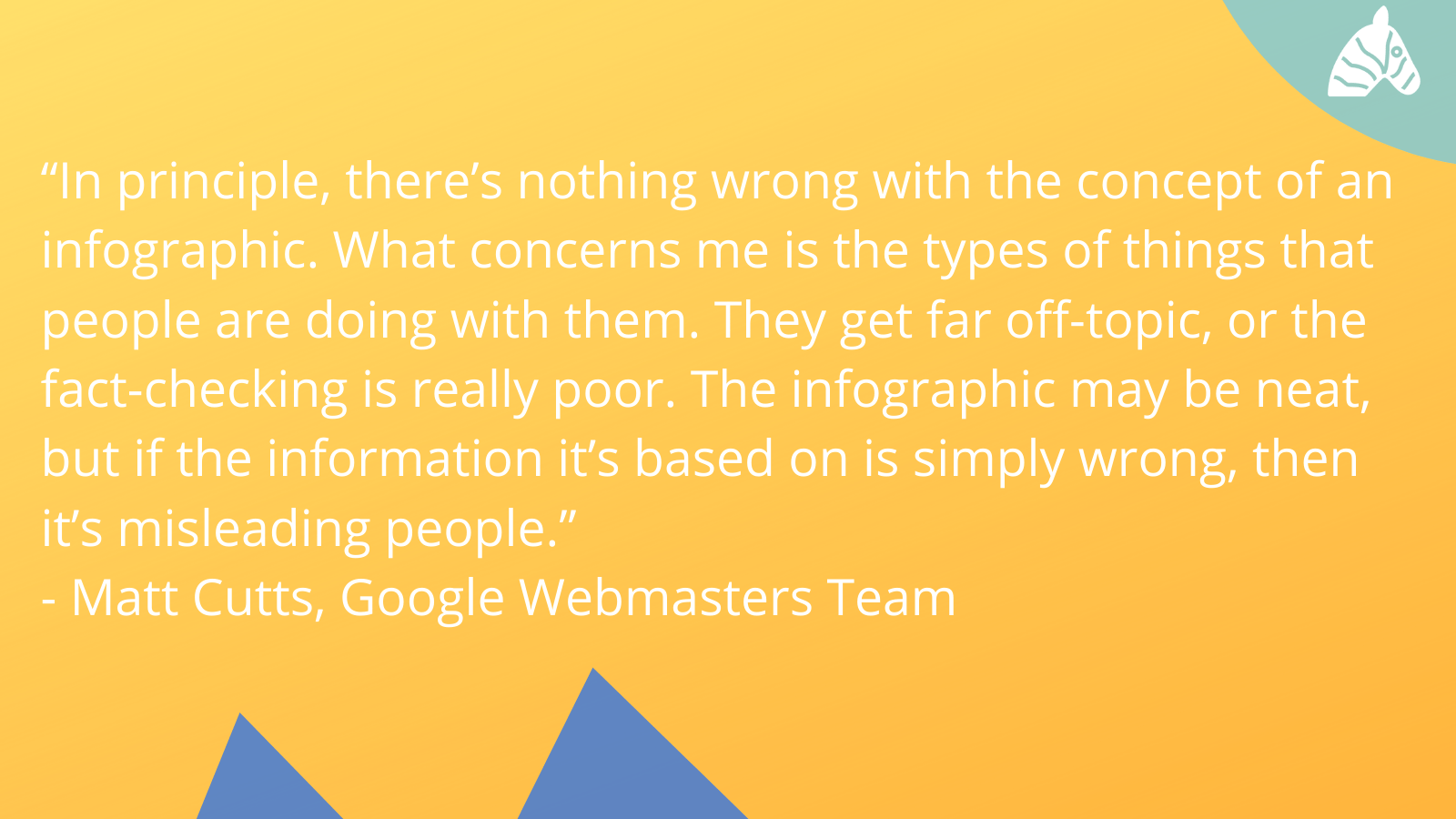
Building Infographic Backlinks
Building infographics for links the right way involves being primarily focused on the design of a great infographic. This means ensuring the data is accurate, relevant, desktop-focused, has an embed code to share, and doesn’t abuse rich keywords. For infographics to generate healthy backlinks, the creator needs to ensure the links are directed to the right pages and the infographic is entirely suited to the topic.
17. Website Footer Links
What Are Footer Backlinks?
Footer links are links that are placed in the footer of a page. Considering footer text is usually consistent sitewide, keyword-rich footer links were a point of exploitation for many years in SEO. Today, overused footer links are likely to result in unnatural link penalties from Google.
Google on Footer Backlinks
Back in 2014, Google’s John Mueller mentioned on a Google hangouts session that webmasters should put a nofollow tag on any site-wide footer links. Their general stance on footer links is that they are unnatural, acquired not earned, and won’t provide positive impacts on search rankings. The nofollow tag will work to prevent your site being penalised for unnatural link building. Here’s the video:
Google lament that any links placed in the footer don’t carry a huge amount of weight for SEO purposes and sitewide links are generally not encouraged.
Building Footer Backlinks
Google has made it pretty clear that footer links are not beneficial to the ranking system. In saying that, not all footer links are bad. If you do want to use footer text to link to your site or others, steer clear of rich anchor text and use branded anchor text instead. The safest practice is just to avoid placing links in the footer of sites to avoid the perception of unnatural link building.
18. Profile Creation Link Building
What Are Profile Backlinks?
Some websites, depending on their design, will give users the ability to create a user account and a profile. It is possible to add an external hyperlink in the profile section that will point back to the user’s website.
Google on Profile Backlinks
If user profile links come across as spammy, auto-generated, or unnatural, Google has made it pretty clear they will not hesitate to take action. We couldn’t find any instances where Google had referenced user profile links specifically, however, we assume they would consider the linking of user profiles to be similar of those on social bookmarking sites: fine on one or two quality sites, but may cause problems on a large scale.
Building Profile Backlinks
Building user profile links on a large scale would be perceived as unnatural link acquisition and websites participating in mass profile linking can be disregarded or penalised. However, a few profile links here and there are ok. If your business is genuinely participating in a community or discussion board, having a branded link from the user profile is fine. It might even drive new traffic to your site if the profile is active and engaging with other users.
19. 301 Redirect Backlinks
What Are Domain Redirect Backlinks?
301 domain redirects are used as a genuine tool to pass existing authority from one domain to another and bring both search engines and users to the new URL of an old or expired page. However, like many online tools, the use of domain redirect links has been exploited to yield sneaky SEO benefits.
In the mid-2000s, a popular SEO trend involved purchasing expired domains that had strong inbound link profiles, only to redirect them to your site. It was thought that redirecting an older domain with lots of links would help a newer domain build authority quickly with the “link juice”.
At the time of writing, 301 redirect backlinks pass approximately 99% of Page rank onto the referring domain.
Google on Domain Redirect Backlinks
Google Webmaster John Mueller answered a redirect domain link question on Reddit:
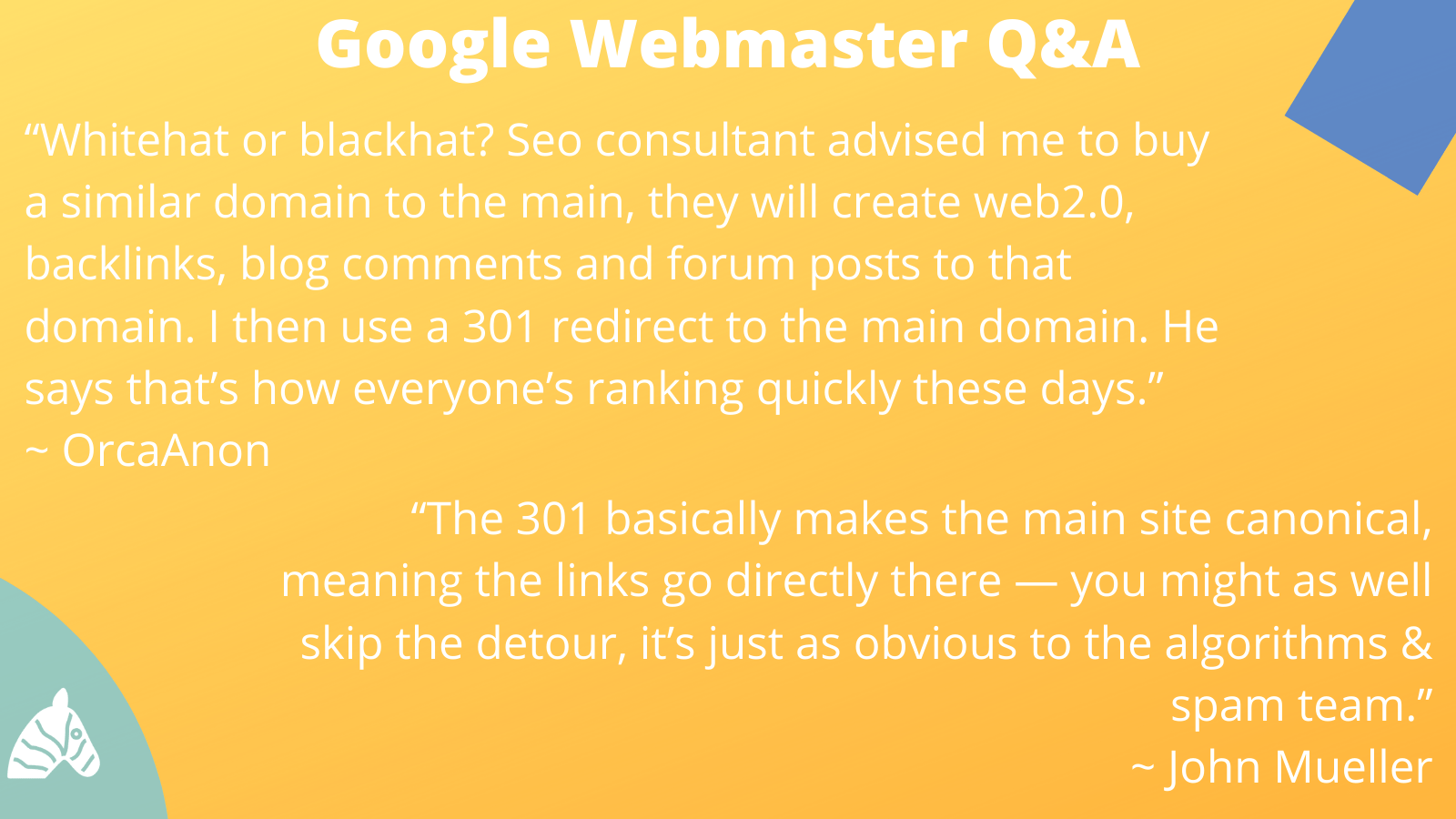
Essentially, using 301 redirects purely for the purpose of benefiting from spammy link juice from another site is useless. Google will be able to detect the low-quality link building and penalise the canonical site – the domain they are now being directed toward.
Building Domain Redirect Backlinks
301 domain redirects are designed to help move pages from certain original sources to their new sources. You can use 301 redirects for domains that are legitimately yours and when you have a genuine reason to repoint the content. Using redirects for spammy link building is a black hat link building tactic that will not come with any SEO advantages.
20. Sitewide Footer/Sidebar Links
What Are Sitewide Backlinks?
Sitewide links are links that appear on every page of a website. Even though we have already touched on footer and blogroll links, there are other forms of sitewide links that were also a popular website trend before the penguin update.
Google On Sitewide Backlinks
Google classes sitewide links as exploitation of on-site linking, and all sitewide links will be classed as unnatural and disregarded. If Google deems the use of sitewide links to be too spammy, they will pursue action and penalise the site.
Building Sitewide Backlinks
Sitewide link building is an outdated tactic to gain an unnatural amount of links. Don’t actively pursue sitewide link building practices for your backlink profile – you will get caught and penalised. In some cases, sitewide links are a legitimate way for businesses to sign off on design work or projects; however, it is not a link building practice that will increase search engine visibility.
21. Resource Page Link Building
What are Resource Page Backlinks?
Resource pages are pages on a website dedicated to listing helpful links and resources for a particular topic. They are essentially a “further reading” page for the subject at hand. Resource pages for backlink building involves getting websites included on the resource page as one of the recommended resources.
Google on Resource Page Backlinks
We weren’t able to find any comment from Google on resource page links. However, we think that resource page link building would only be in direct negligence of their guidelines if the process is being exploited. If your site is being added as a resource because it provides genuinely insightful and valuable content, then we suspect this is the kind of linking Google would encourage.
Building Resource Page Backlinks
Like editorial links, building resource page links should be focused on creating high-quality content that other websites will want to feature as a resource. If you want to use resource pages as a link building strategy, your content needs to be something readers will genuinely find relevant and helpful, and you need to only conduct resource page link building with relevant and authoritative sites.
22. Forum Commenting
What Are Forum Comment Backlinks?
Online forums are discussion boards for online communities to come together and talk about various subjects and issues that are relevant to a common interest. Forums are generally easily accessible and free to join. Forum links are when a member of a forum leverages the platform for placement of a link in a profile link, post link, or signature link.
Google on Forum Comment Backlinks
Google is strongly against the exploitation of platforms for the sole purpose of website promotion and backlink building. John Mueller answered a question on Google Webmasters Support, his response a pretty clear indicator of how Google feels about forum comment links.
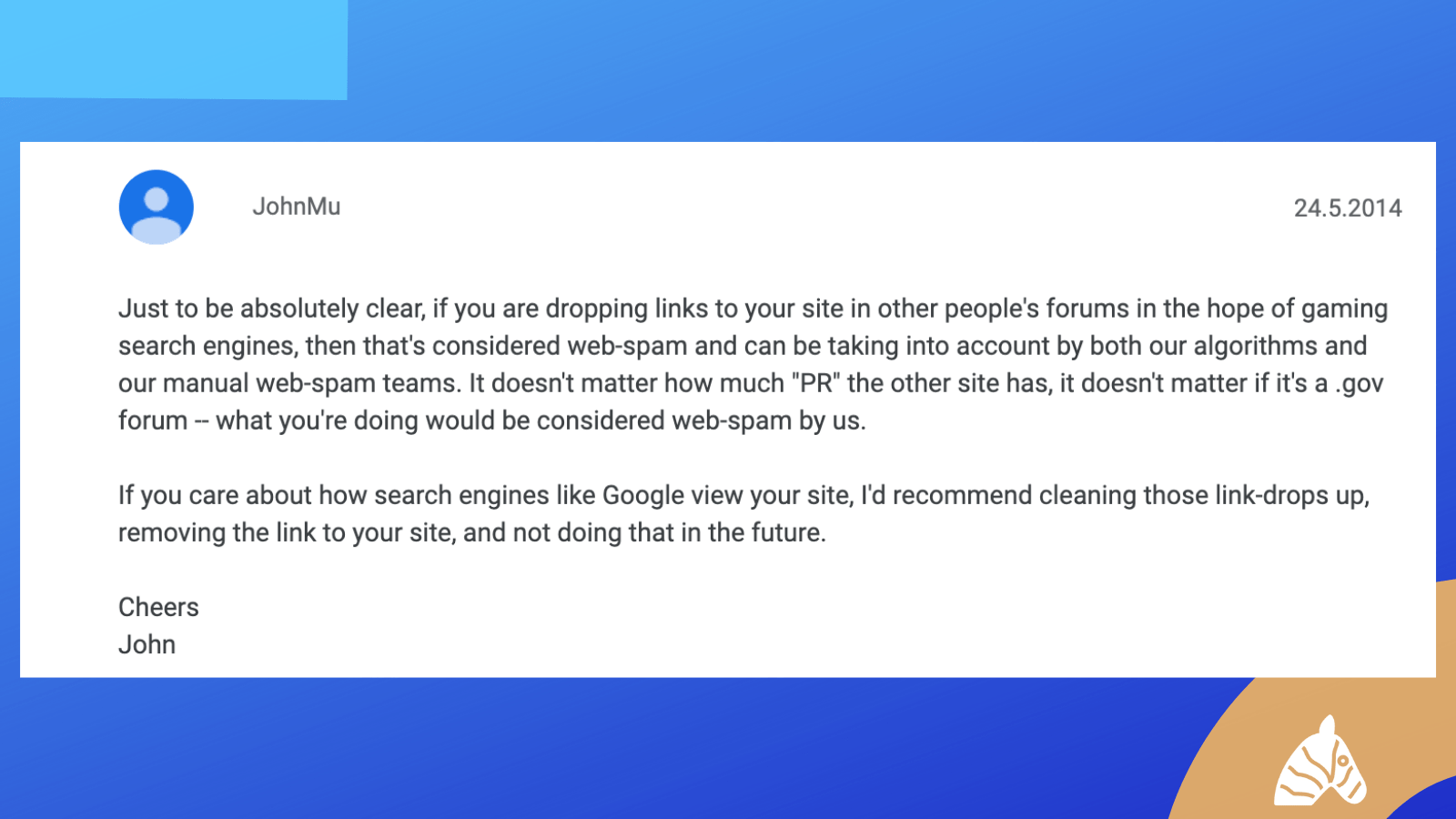
Building Forum Comment Backlinks
Sometimes there are genuine reasons to point a link to a website in a forum discussion. If the link you direct other uses to genuinely provides them with useful and relevant information, then it is not against Google’s guidelines – you’re just sharing valuable insights. However, to increase the visibility of your website, self-serving forum comment links is not a valid link building strategy.
23. Testimonial & Review Backlinks
What Are Review Backlinks?
There are two types of backlinks reviews that are used for link building for a website. The first is when you write a review for someone else, which is posted on their site as a testimonial and it includes a link back to your website. The second is a review that a customer leaves for your product or service on a platform, that will include a link back to your site.
Google on Review Backlinks
We weren’t able to find evidence of a Google representative addressing review links for backlink building. One would assume that review linking that is organic and natural would not pose a risk for unnatural link building. However, as soon as a concept becomes exploited or abused to ‘cheat the system’, it will fall under link scheming and can be penalised.
Building Review Backlinks
As soon as you have an exchange with someone else in return for a link, this is contributing to a link scheme. Avoid giving free products, payments, or any goods for the purpose of a backlink in a review. If review links are genuine, organic, and are not pursued, they pose no threat to link scheming violations.
Conclusion
There you have it – a break down of the most common types of backlinks, how they impacts search rankings, and what Google thinks about the constitution of each type of backlink.
Link building efforts have grown much more sophisticated to suit the advanced nuances of Google’s algorithm. For a strong and solid backlink profile, you need to earn high-quality backlinks.
Google will no longer tolerate site acquisition of backlinks through any practice other than being a reputable and valuable contributor online. In fact, Google’s weighting of backlinks in the search ranking algorithm is constantly in flux with this article about the importance of backlinks outlining how this is changing.. Essentially: building backlinks comes down to building a strong, high-quality content backlog that other websites will naturally want to link to – there is no cheating the algorithm system.


